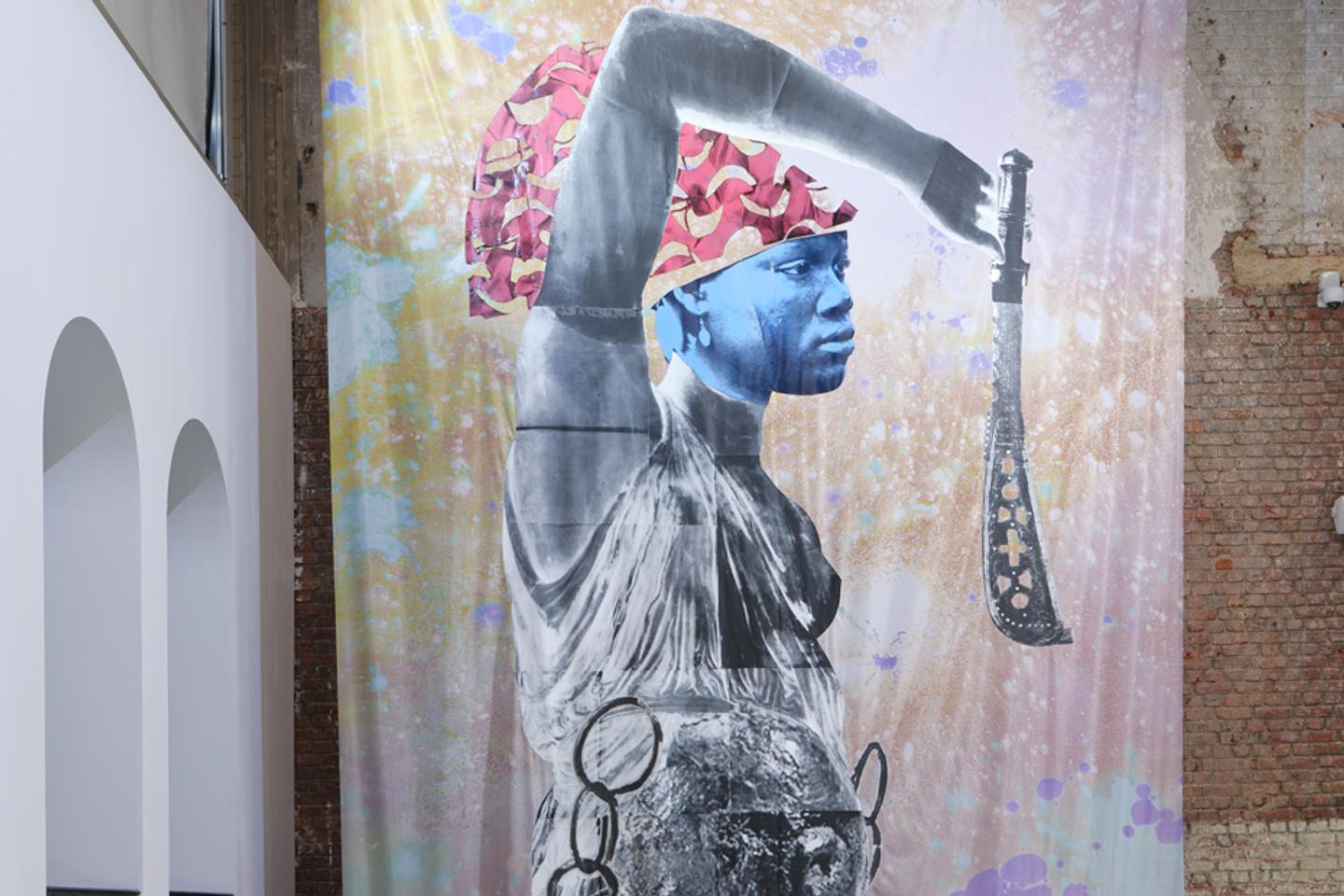Raphaël Barontini: Deconstructing Colonialism Through Art
Raphaël Barontini, a rising star in the contemporary art world, isn't afraid to confront uncomfortable truths. His powerful works directly engage with the lingering impact of colonialism, forcing viewers to re-examine historical narratives and their own complicity. This isn't just art; it's a potent form of social commentary, sparking crucial conversations about power, identity, and the enduring legacy of empire.
Challenging the Narrative: Barontini's Artistic Approach
Barontini’s artistic style is as multifaceted as the subject matter he tackles. He expertly blends various mediums – from sculpture and installation art to photography and video – to create immersive and emotionally resonant experiences. His work often utilizes found objects and archival materials, weaving together fragments of the past to expose the complexities of colonial history.
Key Themes in Barontini's Work:
-
The Silenced Voices: Much of Barontini's art centers around giving voice to marginalized communities impacted by colonialism. He meticulously researches historical events and individual stories, bringing them to life through poignant artistic expressions. This is evident in his recent installation, Whispers of the Ancestors, which used sound and light to recreate the stories of Indigenous populations displaced by colonial expansion.
-
Materiality and Memory: Barontini often utilizes materials with direct connections to colonial history. This might involve repurposing artifacts, incorporating elements of colonial architecture, or employing materials symbolic of the exploitative practices of the era. The materials themselves become a powerful commentary, carrying the weight of history within their very texture.
-
Deconstructing Power Structures: His work consistently challenges the traditional power structures established during the colonial period. He does this not through overt condemnation, but through subtle yet impactful juxtapositions, revealing the inherent inequalities and biases embedded within seemingly neutral representations of history.
The Impact and Influence of Barontini's Art
Barontini's work has garnered significant attention from critics and audiences alike. His exhibitions have been featured in prominent galleries worldwide, sparking important discussions about the continued relevance of colonialism in today's world. He's not just an artist; he’s a cultural provocateur, initiating dialogue and challenging viewers to confront their own understanding of history.
Why Barontini's Work Matters:
-
Education and Awareness: His art serves as a powerful educational tool, raising awareness about often-overlooked aspects of colonial history. By making complex issues accessible through visual storytelling, he reaches a wider audience than traditional historical accounts might.
-
Promoting Critical Thinking: Barontini’s work encourages critical engagement with historical narratives, prompting viewers to question established interpretations and consider alternative perspectives. This critical thinking is vital for understanding our present and shaping a more equitable future.
-
Fostering Empathy and Understanding: Through his evocative art, Barontini facilitates empathy for marginalized communities impacted by colonial legacies. This fostering of understanding is crucial for building a more inclusive and just society.
Where to Find More Information on Raphaël Barontini
To delve deeper into the world of Raphaël Barontini and his thought-provoking art, be sure to explore the following resources:
- [Link to Barontini's Official Website (if available)]: Stay updated on upcoming exhibitions and learn more about his artistic process.
- [Link to relevant articles or reviews of his work] : Read critical analyses and perspectives on his art.
- [Link to relevant museum or gallery websites] : Discover where his work has been exhibited.
Raphaël Barontini’s art serves as a stark reminder of the enduring impact of colonialism and the importance of engaging with the past to build a more just future. His unique approach to artistic expression has cemented his place as a significant voice in the contemporary art world, challenging perceptions and stimulating meaningful conversations. His work should be seen, studied, and discussed by anyone interested in art, history, and social justice.
